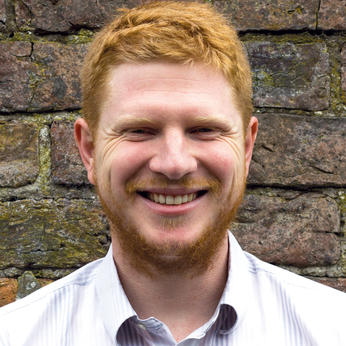Introduction
Linux Voice

This month in Linux Voice.

Recently, I had to deal with a server that had a corrupted sudoers file. It's a bit problematic because you need sudo permissions to correct the problem, but you can't get sudo permissions until you fix it. After a bit of nervous to-ing and fro-ing, I came across the pkexec command, which solves the problem by using polkit to grant permissions. Phew. It reminded me of another time I was dealing with the aftermath of a security breach and the whole of /usr/bin was corrupted. We had to find alternatives for all the commands until we had everything fixed (for example, rather than using ls, you can type ./ then tap tab twice). There are a lot of ways of doing things in Linux, and this can make it a little complex sometimes, but it also means that when one way goes wrong, you have other options. These alternative approaches can end up helping in ways that are almost impossible to foresee. I thought about this plurality of options as I read Mike's article on browsing the web via the command line. Yes, it seems a little eccentric when you first think about it, but it can come in useful in many ways, not least when you mess up your graphics drivers.
In this month's Core Technology, Valentine Sinitsyn also takes a look at some more alternatives, specifically with regard to how authentication works (although as responsible admins, we should probably consider sudo or su to be the alternative rather than the default). Simon Phipps is also looking at alternatives, particularly with the nomenclature around Libre, Free, and Open Source.
[...]
Buy this article as PDF
(incl. VAT)
